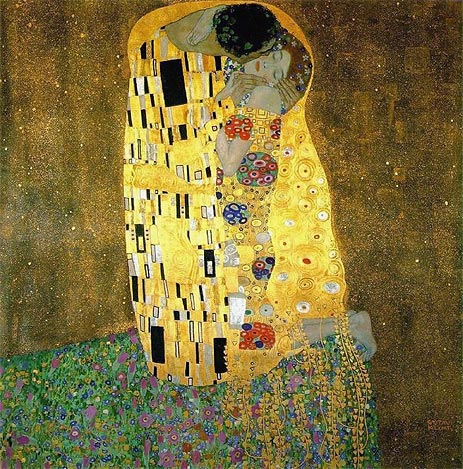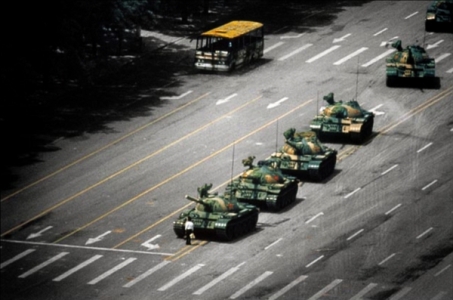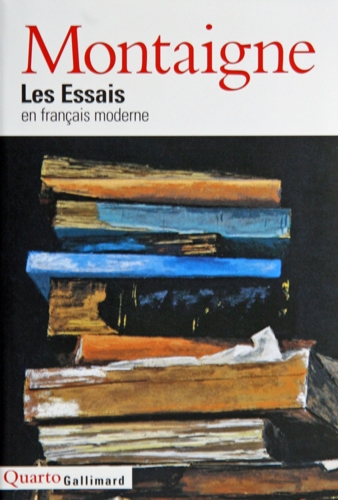Guns in the USA (follow-up)
Saturday, June 28, 2008 by Billy
| Why don't we do away with the court system and go back to the Old West? You have a gun and I have a gun, and we'll settle it in the streets if that's they're thinking. We think we're such an improved society... The rest of the world is laughing at us. — Chicago Mayor Richard Daley.
|
The Mayor of Chicago responded here to a recent statement by the Supreme Court of the United States of America that the Firearms Control Regulations Act of 1975 is unconstitutional, and handguns may not be banned by the District of Columbia. The Supreme Court enacted that the District's ban on handgun possession in the home violates the Second Amendment of the U.S. Constitution's Bill of Rights.
The Second Amendment states: A well regulated Militia, being necessary to the security of a free State, the right of the people to keep and bear Arms, shall not be infringed. As you can imagine, it's a very old stuff: it was enacted in 1791, shortly after the war of independence against the British. More than two centuries have passed, but it has not been modified.
A few months ago, I already wrote a blog about several articles published in the New England Journal of Medicine, where they showed that guns are a main Public Health issue in the United States, with tens thousands casualties a year. Unfortunately, it seems things will not change before a long time in that country.
In fact, Mayor Daley, most of the people in the civilized world are not laughing at the U.S.A. They are astounded rather, and sometimes scared.

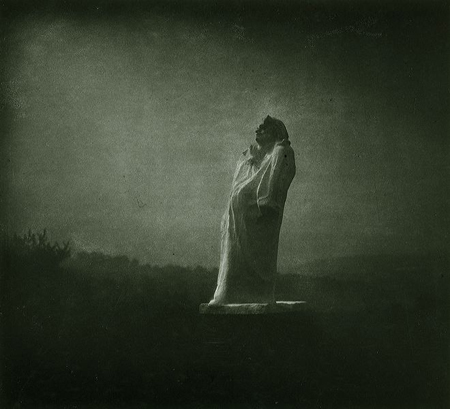
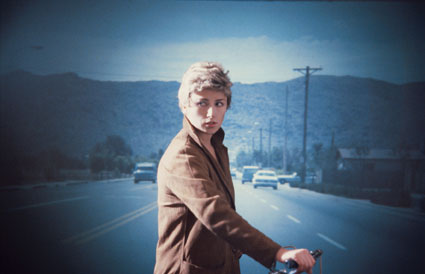
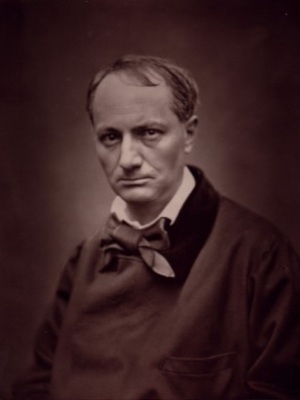

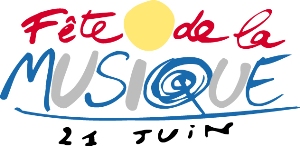 June 21, the day of the Summer solstice in the Northern hemisphere, falls on a Saturday this year. I expect there will be a lot of people in the streets this night then, to celebrate the Fête de la Musique, the World Music Day.
June 21, the day of the Summer solstice in the Northern hemisphere, falls on a Saturday this year. I expect there will be a lot of people in the streets this night then, to celebrate the Fête de la Musique, the World Music Day. 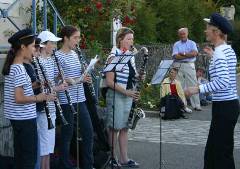 The purpose of the festival is to make all genres of music accessible to the public, with a multitude of free concerts everywhere, including places that are not usually used for concerts.
The purpose of the festival is to make all genres of music accessible to the public, with a multitude of free concerts everywhere, including places that are not usually used for concerts. I'll probably spend most of next night strolling around in the Latin Quarter, listening to a musician, singer, or band after another one. Leaning on a wall at the corner of a street sometimes, sometimes seating on a bench in a public garden or at the terrace of a café, no doubt I'll hear the best and the worst: the festival is open to everybody, without discrimination to résumé, background, style and experience. Musicians only need to find a place where to put their gear, which in Paris means they'd better arrive early if they intend to play in a place where a lot of people walk through.
I'll probably spend most of next night strolling around in the Latin Quarter, listening to a musician, singer, or band after another one. Leaning on a wall at the corner of a street sometimes, sometimes seating on a bench in a public garden or at the terrace of a café, no doubt I'll hear the best and the worst: the festival is open to everybody, without discrimination to résumé, background, style and experience. Musicians only need to find a place where to put their gear, which in Paris means they'd better arrive early if they intend to play in a place where a lot of people walk through. 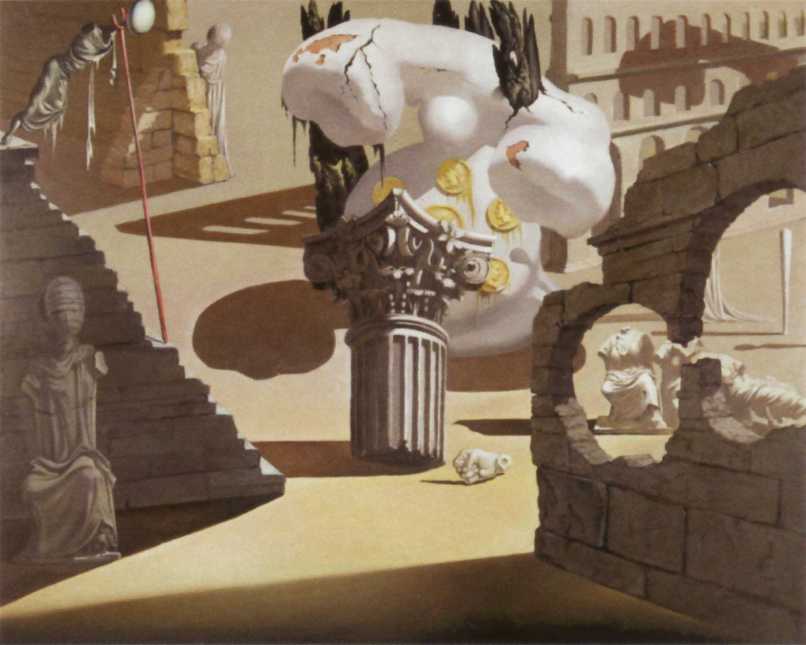
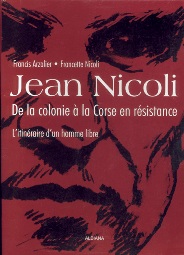 I arrived today at Ajaccio, in Corsica, a French island in the Mediterranean sea, where I'll spend three days. The island and city are essentially known as the hometown of Napoleon Bonaparte. In Ajaccio, Napoleon is everywhere indeed, from the big bust that is the first thing you see when you arrive in the main hall of the airport, to street names and many cafés' signs.
I arrived today at Ajaccio, in Corsica, a French island in the Mediterranean sea, where I'll spend three days. The island and city are essentially known as the hometown of Napoleon Bonaparte. In Ajaccio, Napoleon is everywhere indeed, from the big bust that is the first thing you see when you arrive in the main hall of the airport, to street names and many cafés' signs.
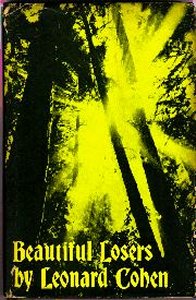 The book's main character, a man who is never named, is a scholar doing research on the first Native American once canonized as a Christian Saint,
The book's main character, a man who is never named, is a scholar doing research on the first Native American once canonized as a Christian Saint,  After Beautiful Losers, Leonard Cohen stopped writing novels though, and pursued his famous career as a poet, songwriter and singer.
After Beautiful Losers, Leonard Cohen stopped writing novels though, and pursued his famous career as a poet, songwriter and singer.